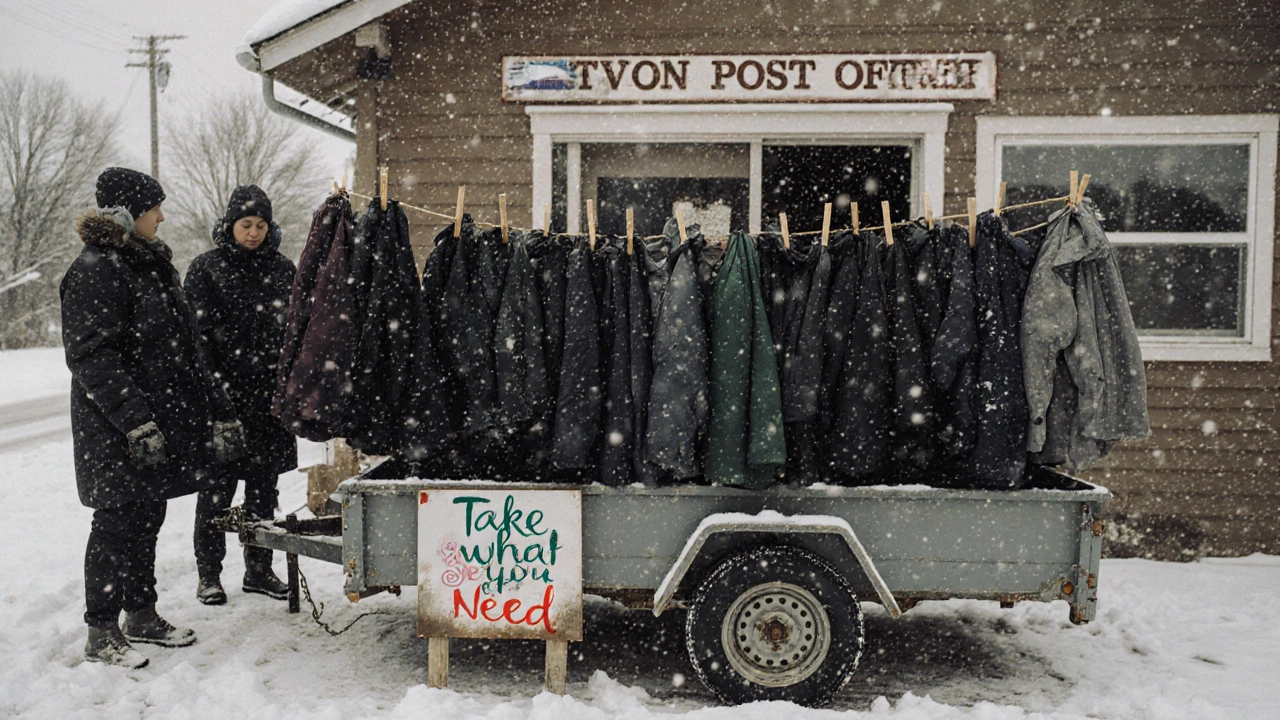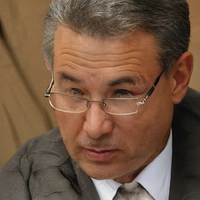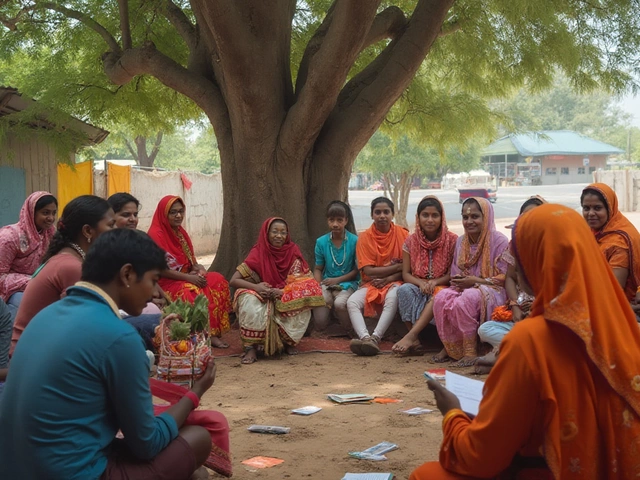Community Outreach Goal Builder
Create Your Outreach Goal
Your SMART Goal:
SMART Criteria Assessment
Key Recommendations
Next Steps
Organizing a community outreach program isn’t about handing out flyers or showing up once a month with a bag of groceries. Real outreach means building trust, listening first, and showing up consistently-especially when no one’s watching. If you’ve tried before and felt like nothing stuck, you’re not alone. Most outreach efforts fail because they’re planned from the top down, not the ground up.
Start by listening, not speaking
Before you plan a food drive, a cleanup day, or a job fair, go out and talk to people. Not in a survey. Not with a clipboard. Just sit on a bench at the park, chat with folks at the corner store, or join a local church group meeting. Ask open questions: What’s the one thing that would make life easier here? What have you tried before that didn’t work? In 2023, a group in Dayton, Ohio spent three months doing exactly this before launching their outreach. They didn’t assume homelessness was the biggest issue. Turns out, it was transportation. People couldn’t get to job interviews, medical appointments, or even the grocery store. That insight changed everything. Their first project wasn’t a shelter-it was a free shuttle van run by volunteers with cars.Identify your core group
You don’t need 100 volunteers. You need 10 who show up every week. Find the people already doing the work-parents at the school gate, barbers who know everyone’s name, librarians who see the same faces every day. These folks aren’t looking for recognition. They’re looking for support. Reach out to them directly. Say: I’m trying to help make things better here. Can I buy you coffee and learn what you’re already doing? Most will say yes. And once they’re in, they’ll bring others. This isn’t about building a team-it’s about connecting existing networks.Pick one clear goal
Trying to fix everything means fixing nothing. Pick one problem you can solve in three months. Not reduce poverty. Not improve education. Something specific: Get 50 kids in our neighborhood signed up for free after-school tutoring by January. Or: Collect 300 coats and deliver them to families before December 1. A small goal feels doable. It gives people a reason to care. And when you hit it, you build momentum. That’s how real change starts-not with grand visions, but with small wins that prove it’s possible.
Use what you already have
You don’t need a budget, a website, or a nonprofit status. Start with what’s already around you. A church basement. A public library meeting room. A Facebook group with 200 locals. A local business willing to let you use their parking lot for a drop-off point. In 2024, a group in rural West Virginia organized a winter coat drive using nothing but a trailer parked outside the post office. They put up a sign: Drop off coats here. Take what you need. No forms. No questions. No volunteers needed to sort them. People showed up, dropped off coats, and took what they needed. Within two weeks, they collected 800 coats. No funding. No grant applications. Just trust and simplicity.Make it easy to join
If you ask someone to volunteer, you’re asking them to give up time. Make it as easy as possible. Offer one-hour shifts. Let people bring their kids. Offer snacks. Let them choose what they want to do-whether it’s handing out flyers, answering phones, or just showing up to say hello. One outreach group in Milwaukee runs a weekly “coffee and conversation” at a community center. No agenda. No speeches. Just coffee, chairs, and a sign-up sheet for people who want to help with something next week. People show up for the coffee. They stay for the connection. And by the end of the hour, someone always says, I can help with that.Track what matters
Don’t waste time counting how many flyers you printed. Track what actually changes. Did more families get food? Did someone land a job? Did a teenager stop skipping school? Use simple tools: a notebook, a Google Form, or even sticky notes on a wall. One group in New Orleans kept a “win board”-a piece of cardboard where people wrote down one good thing that happened each week. Marisol got her ID. Carlos fixed his bike. Maria’s kid passed math. They didn’t need fancy metrics. They had proof that people were moving forward.
Be patient-and show up
Outreach isn’t a campaign. It’s a relationship. You won’t see results in a week. Or a month. It takes time for people to trust that you’re not going to disappear after the first event. The most successful outreach programs aren’t the flashiest. They’re the ones where someone shows up every Tuesday at 4 p.m. with a cooler of water and a smile. The ones where the same volunteer shows up for three years straight, even when no one else does. If you’re serious about making a difference, don’t look for a big launch. Look for a small, steady rhythm. Show up. Listen. Adapt. Keep going.What to avoid
Here’s what usually goes wrong-and how to skip it:- Don’t assume you know what people need. Ask. Then ask again.
- Don’t wait for perfect conditions. You’ll never have enough money, staff, or time. Start with what you have.
- Don’t make it about you. This isn’t your resume. It’s about their lives.
- Don’t ignore local culture. What works in a city might not work in a town. Respect how people already connect.
- Don’t disappear after the first success. The real work starts after the headlines fade.
Next steps: Your 30-day plan
If you’re ready to start, here’s a simple roadmap:- Week 1: Spend 2 hours talking to 5 people in your neighborhood. Write down what they say.
- Week 2: Find one person already doing outreach. Ask if you can join them for a day.
- Week 3: Pick one small goal. Write it down. Make it measurable.
- Week 4: Host one low-pressure event. A coffee hour. A clothes swap. A walk-and-talk. No speeches. Just presence.
What’s the biggest mistake people make when organizing outreach?
The biggest mistake is starting with a solution instead of a question. Most people jump straight to organizing a food drive or a clothing collection because it feels like action. But if you haven’t asked people what they actually need, you’re solving the wrong problem. Real outreach begins with listening-not planning.
Do I need to be a nonprofit to organize outreach?
No. You don’t need to be a nonprofit, have a bank account, or file paperwork to make a real difference. Many of the most effective outreach efforts are run by neighbors, church groups, or informal collectives. What matters is consistency, trust, and meeting real needs-not legal status.
How do I get people to show up?
People show up when they feel seen and when the effort feels manageable. Start small. Offer a clear, simple task-like handing out flyers for 30 minutes or bringing a dish to share. Make it social. Let them bring a friend. Don’t ask for a big commitment. Most people will say yes to something easy and meaningful.
What if no one responds to my outreach efforts?
If no one responds, you’re probably not listening closely enough. Go back to the beginning. Talk to more people. Ask why they didn’t show up. Maybe your timing is off. Maybe the location is hard to reach. Maybe your message sounds too formal. Adjust based on what you hear-not what you assume. Sometimes, it takes 5 or 6 tries before people start trusting you’re here to stay.
How do I measure success if I’m not counting numbers?
Success isn’t always about numbers. It’s about change you can see. Did someone get a ride to their doctor? Did a teen start showing up to school? Did two neighbors who never talked before start helping each other? These are real wins. Keep a simple journal. Write down one story each week. That’s your metric.





